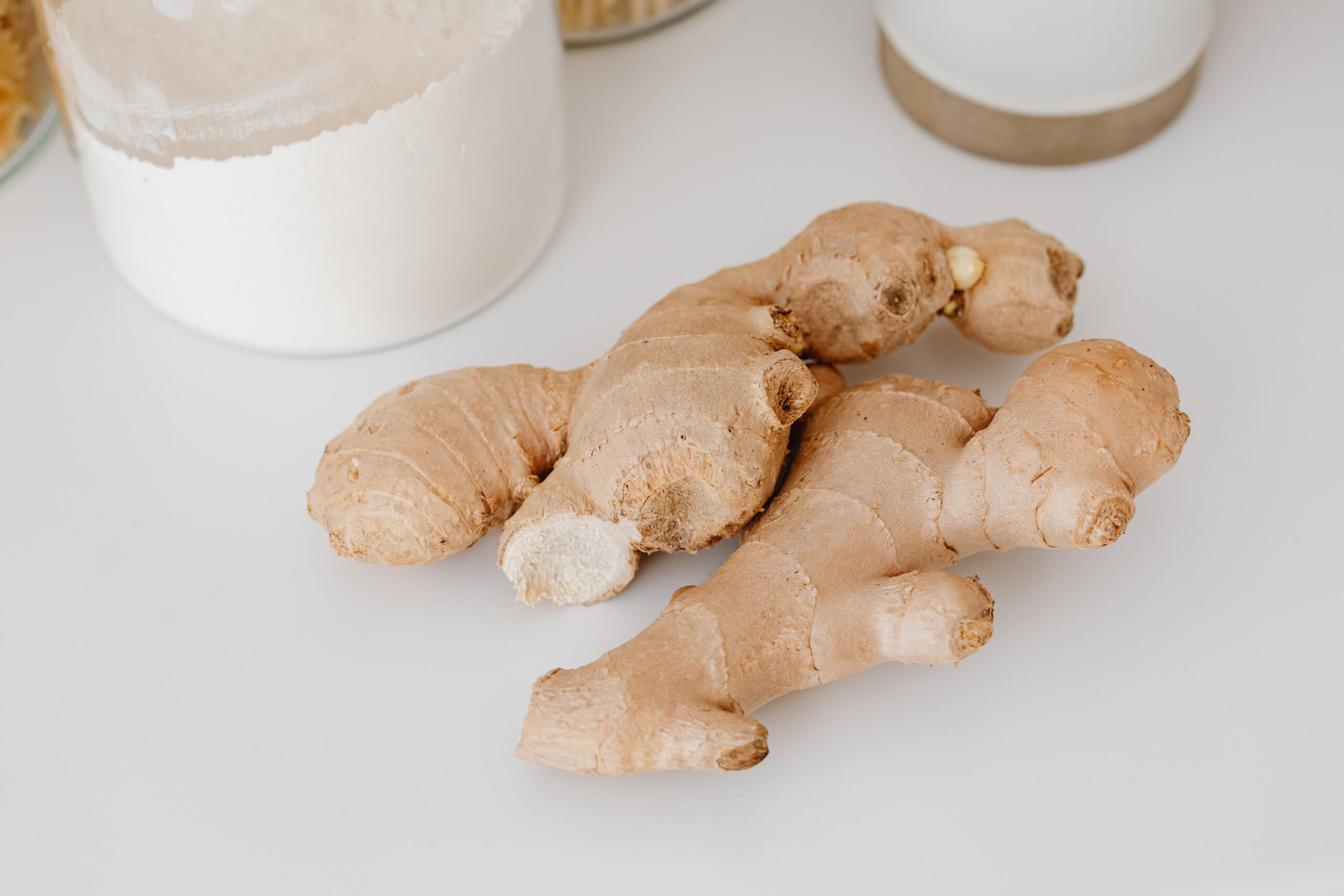
The prevalence of type 2 diabetes is increasing worldwide. It causes high blood sugar levels, leading to various health problems, such as nerve damage, kidney damage, vision loss, and cardiovascular disease. Type 2 diabetes cannot be cured but can be managed through lifestyle, medication, and dietary changes. One natural remedy recently gaining popularity is ginger, a widely used spice in traditional medicine for centuries. In this blog, we will explore the health benefits of ginger for type 2 diabetes.
What is Ginger?
Ginger is a spice that has been used for both culinary and medicinal purposes. It is the root of the ginger plant, which is native to Southeast Asia but is now grown worldwide. Ginger is a common ingredient in many cuisines, and it is also used in herbal remedies to treat various ailments, including nausea, inflammation, and respiratory infections.
Ginger for Type 2 Diabetes
Several studies have investigated the potential health benefits of ginger in people with type 2 diabetes. Here are some of the most promising findings:
Lowering blood sugar levels:
Ginger can lower blood sugar levels when you take it in powdered form for 12 weeks, significantly reducing fasting blood sugar levels.
Improving insulin sensitivity:
An insulin hormone regulates blood sugar levels. In type 2 diabetes, insulin resistance can lead to high blood sugar levels. Ginger extract can improve insulin sensitivity when taking it for 12 weeks continuously. This means that the body can better use insulin to regulate blood sugar levels, reducing the risk of complications associated with type 2 diabetes.
Reducing inflammation:
Inflammation is a key factor in developing type 2 diabetes and its complications. In people with type 2 diabetes, ginger might help reduce inflammation by acting as an anti-inflammatory.
Lowering cholesterol levels:
High cholesterol levels are a common problem in people with type 2 diabetes, and they can increase the risk of cardiovascular disease. Several studies have found that ginger can help lower cholesterol levels when taking the extract for 45 days and reduce the risk of heart disease.
Enhancing glucose uptake:
Ginger may also enhance glucose uptake by muscle cells, which can help reduce blood sugar levels. Taking ginger powder for 12 weeks significantly increases glucose uptake by muscle cells in people with type 2 diabetes.
Inhibiting enzymes that break down carbohydrates:
Ginger contains compounds that can inhibit enzymes that break down carbohydrates, which can help slow glucose absorption into the bloodstream. This can help prevent blood sugar levels from spiking after a meal.
Reducing oxidative stress:
Oxidative stress and inflammation are key factors in developing type 2 diabetes and its complications. Ginger has antioxidant properties and may help reduce oxidative stress, which can help improve blood sugar control.
Improving Digestive Health
People with type 2 diabetes are at a higher risk of developing digestive problems, such as gastroparesis, which is a condition that slows down the movement of food through the stomach. Ginger has been shown to improve digestion and reduce gastroparesis symptoms, which may help people with type 2 diabetes manage their blood sugar levels more effectively.
Boosting Immune Function
People with type 2 diabetes are more susceptible to infections, and their immune systems may not function as well as they should. Ginger has been shown to boost immune function, which may help people with type 2 diabetes fight off infections more effectively.
How to Use Ginger for Type 2 Diabetes
There are several ways to use ginger to help manage type 2 diabetes. Here are some ideas:
- Choose fresh ginger: When using ginger in food, it’s best to use fresh ginger root rather than dried ginger powder. Look for ginger that is firm and smooth, with a spicy aroma.
- Prepare the ginger: Peel the ginger with a sharp knife or vegetable peeler. Then, cut or grate it into small pieces. You can also slice it into thin pieces or julienne it for use in stir-fries or salads.
- Add ginger to soups and stews: Ginger adds a spicy and warming flavor to soups and stews. Add a few slices or pieces of grated ginger to the pot and let it simmer with the other ingredients.
- Use ginger in marinades: Ginger can add flavor and tenderize meat when used in marinades. Mix grated ginger with soy sauce, garlic, and other seasonings to make a flavorful marinade for chicken or beef.
- Add ginger to stir-fries: Ginger is a common ingredient in many Asian stir-fry dishes. Add sliced or julienned ginger to the pan with the other vegetables and proteins and stir-fry until fragrant.
- Use ginger in salad dressings: Ginger can add a spicy kick to salad dressings. Mix grated ginger with olive oil, vinegar, and honey for a simple and flavorful dressing.
- Make ginger tea: Make a soothing and warming tea by steeping fresh ginger slices in hot water. You can add honey or lemon for extra flavor.
Incorporating ginger into your cooking can add flavor and nutrition to your meals. You can make many dishes with ginger, from soups and stews to stir-fries and salads. Experiment with different recipes and cooking techniques to discover new ways to use ginger.
Bottom Line:
Overall, ginger is a natural and safe way to help manage type 2 diabetes. However, it is important to speak with your healthcare provider before incorporating ginger into your diabetes management plan. Ginger shouldn’t replace medical treatment since it may interact with certain medications, which are not right for every person.
